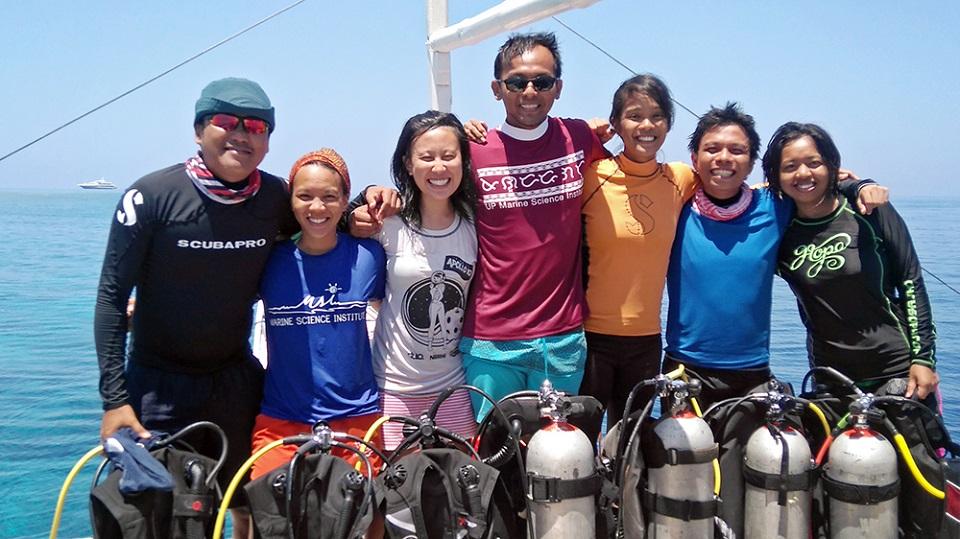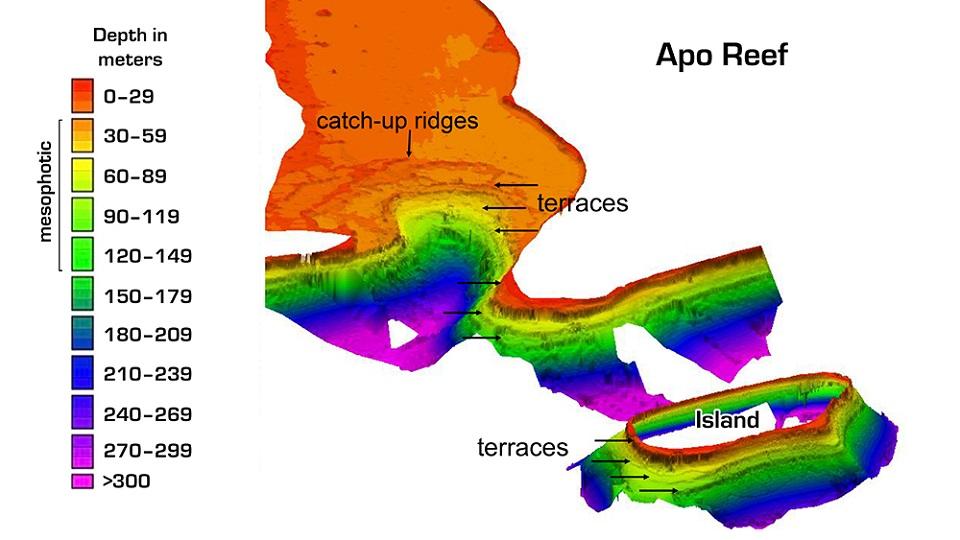There is so much we don’t know about the ocean, with the ‘twilight zone’ quickly becoming the next frontier in ocean exploration. Technological advances in ROV and camera technology is allowing us to go deeper longer and explore these unchartered territories in great detail for the first time in our history.
The Twilight Zone or Mesophotic Reef is depths between 30 to 150m, well beyond the limits of recreational diving. These habitats are vast, biodiverse ecosystems which remain a mystery.
The Geophysical Coral Mapping (GCM) Project, headed by Dr. Fernando Siringan of the University of the Philippines Marine Science Institute in collaboration with Dr. Cesar Villanoy and Dr. Patrick Cabaitan and funded by the Department of Science and Technology-Philippine Council for Agriculture, Aquatic, and Natural Resources Research and Development (DOST-PCAARRD), is the Philippines’ first full-fledged foray into mesophotic reef research.
In 2015 GCM completed a survey of Mesophotic reefs in the Philippines including Apo reef (the second-largest contiguous coral reef in the world and the largest in the country), and now aims to continue their map of the seafloor up to 200 meters’ depth. The team is looking to find out what processes shape the morphology of reefs, and record the continuity of reefs below 20 meters’ depth.
Scans of Apo Reef have shown impressive reef walls, terraces, and pinnacles. They have also found evidence of strong upwelling currents along these walls which brings nutrient-rich waters up from the deep, which are important to maintain shallow nutrient-poor habitats.
The research team uses advanced equipment like single-beam, multi-beam, and sidescan echosounders to map the reefs, acoustic Doppler current profiler (ADCP) and conductivity, temperature, and depth profiler (CTD) to study the water column, and a locally developed remotely deployed video system (RDV) to survey fish communities and benthic cover.
But why mesophotic reefs?
Scientists have previously suggested that mesophotic reefs can serve as sanctuaries for many species of corals, fishes, and invertebrates because they are harder to reach by both human stressors (e.g. coastal development and fishing) and natural disturbances (e.g. typhoons), e.g. the deep refugia hypothesis.
For example, GCM researchers found that commercially important fishes are bigger and more abundant in deeper reefs compared to the more easily accessible shallow reefs.
“The GCM project is focused on discovering what we have at mesophotic depths. We have very scant knowledge of what we have at these depths. Mesophotic work will certainly increase our awareness of our biodiversity. Even more important is their potential as refugia and source of novel compounds. The geological data that we are generating can help us understand how coral reefs respond to sea level changes and gain insights on our tectonic history,” says Siringan.
You can watch a video of the reefs GCM has already explored including the challenges and equipment they use for surveys. [GMA News]


